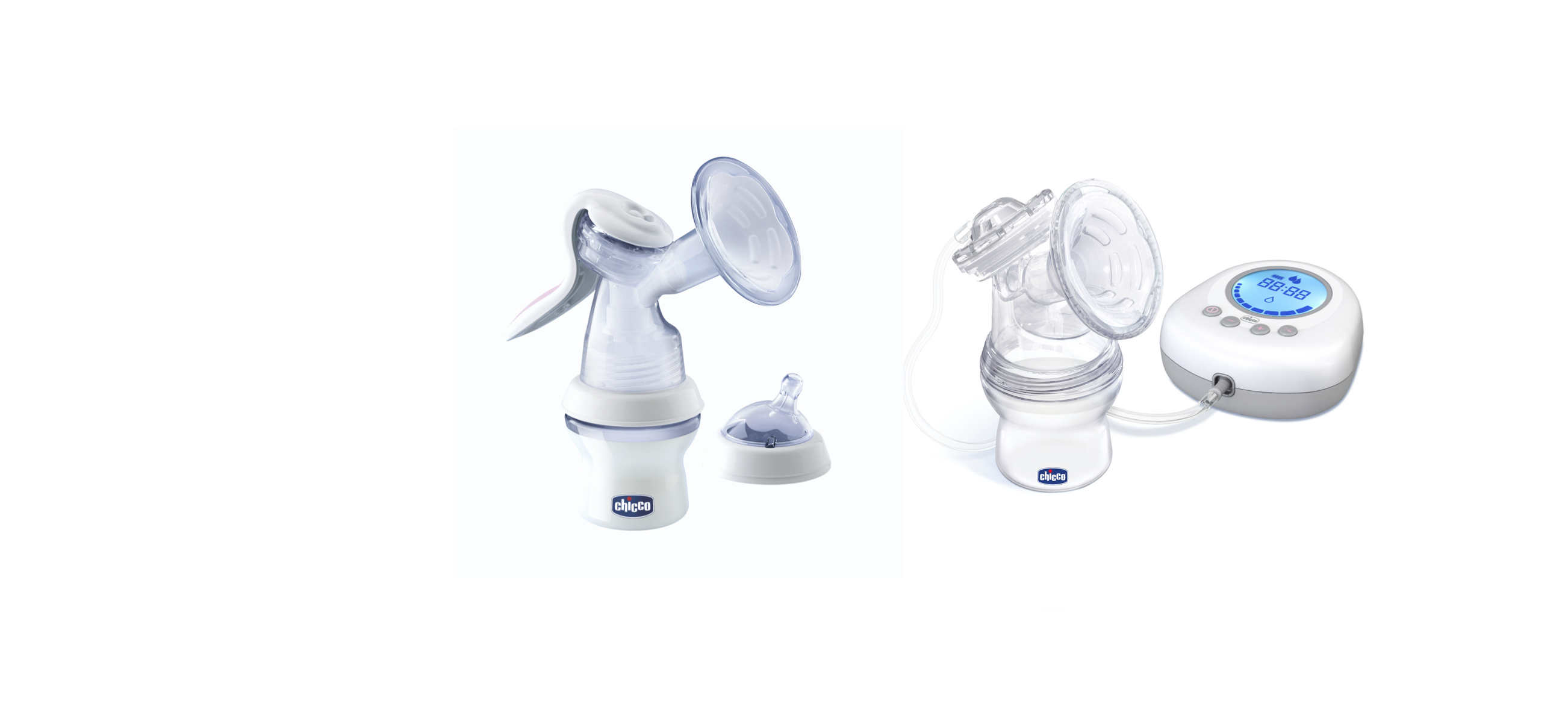Most of us have heard of perinatal distress, also known as postnatal depression or PND, but why is this common and treatable illness often misunderstood and underdiagnosed? I was propped up in bed trying to feed my one-week-old infant staring at a pamphlet titled: “Postnatal Depression”. I thought to myself, “oh that’s when a new mother lies in bed all day crying. I definitely don’t have that. I’m not even going to open this pamphlet. I’m exhausted, I have my hands full with a fussy baby, I don’t have time to read this and besides, I don’t have PND anyway.” Two months later, I was hospitalised for nearly two weeks, followed by months of therapy and medication. You guessed it: I had PND. This medical condition had gone undiagnosed long enough for it to ravage my body and mind, as well as tear a hole through our entire family. When I look back at that dark and difficult time, I often think to myself that if only I had understood then what PND truly looked like, this illness would never have been able to take such a powerful hold on my life. The jaw-dropping reality is that PND affects well over 10% of women within the first year of giving birth. Many of those women are never diagnosed and treated because they don’t know what PND is or may be too ashamed to seek help. Why do we know so little about PND? Let’s rewind a little. PND used to stand for Postnatal Depression, a mental health condition in which mothers would experience depression and anxiety after their baby’s birth. Fast forward to present day: PND now stands for Perinatal Distress, because experts now understand that this mental health condition can occur both before and after giving birth (yes you can have PND when you are pregnant!) and that mothers can experience a wide range of symptoms. These may include depression, anxiety, obsessive compulsive behaviours, sleep disorders, anger and more. In the most extreme cases (postnatal psychosis – a medical emergency) a mother may experience hallucinations or voices. The full list of symptoms is a long one, but may include some or all of the following: Feeling low, sad, tired, hopeless, alone, scared, angry, bored, irritable, guilty, on edge. Changes in appetite (either eating more or less than usual) Weight loss or gain Loss of interest in enjoyable activities; not looking forward to things. Lack of interest in the baby Panic attacks Overwhelming, scary thoughts. Even thoughts of harming yourself or the baby Changes in energy levels, sleep patterns or tiredness (hard to gauge with a new baby when you’re sleeping less anyway, but if you are unable to sleep when you are exhausted, there may be a problem) Mood swings, crying more often, restlessness and irritability Brain fuzz or racing thoughts Herein lies the Problem These symptoms cover most of the common emotions experienced by mothers in the perinatal period. Some of these symptoms are completely normal and result from extreme hormonal fluctuations associated with pregnancy and birth. However, these symptoms should only last for a couple of weeks after the baby is born (The Baby Blues). So how can a mother tell what is normal, and what is PND? A good rule is that if you feel like you’re not yourself, or you are not coping, have a chat to your healthcare provider. If you don’t feel like you can talk to your GP, obstetrician or clinic nurse, then turn to a trusted friend or family member. You do not have to suffer in silence. There are various treatment options available to you which are perfectly safe, both before and after giving birth. With the correct treatment, PND can be completely resolved. Left untreated, it may be fatal, to both a mother and her child. Why do most women have only a vague idea of what PND can actually look like? Because we don’t talk about it! Even in todays’ open-minded world of acceptance, there is still a heavy burden of societal stigma attached to a mother’s mental health. When a woman is pregnant or has a baby, she is expected to be happy! “You’ve been so blessed!”; “Enjoy every minute, they go by so fast!”; “You’ve got what you always wanted – you must be thrilled!” These are all phrases that most mothers have heard at some point. If she is struggling inwardly, she may feel guilty that she is not happy. Mothers are often wracked with insecurity, which they can keep well hidden. She may worry that she will be seen as ungrateful, or even unfit to be a mother. PND survivor Hayls Lieberthal wanted nothing more than to have a child, but as her pregnancy progressed, so did her self-doubt. “I was told all the time, ‘you are carrying life, you’re very blessed’ and ‘You have nothing to feel sad about!’” She vividly recalls a woman saying to her “look at you, you must be so excited!” and found herself lying behind a false smile: “I am so excited I can’t wait!” Meanwhile, on the inside all she could think was “I can’t do this.” From the moment your pregnancy is confirmed, healthcare professionals typically focus intensely on a mother and baby’s physical health, but less on a mother’s mental health. Even when a healthcare provider is aware of PND and asks the patient all the right questions, a mother may not divulge how she truly feels because she feels ashamed. After I had my first baby, I was overwhelmed by my new life and role. There were times that I thought I had made a terrible mistake, and that maybe I wasn’t cut out to be a mother after all. These feelings were shameful to me, and I didn’t feel like I could tell anyone. Little did I know that those feelings are incredibly common among new mothers, even mothers who do not have PND. The Truth about PND PND is not


































